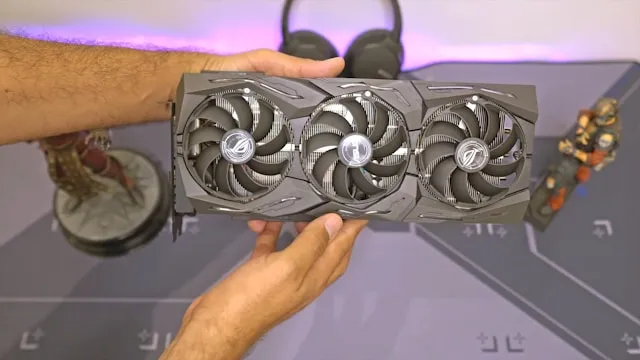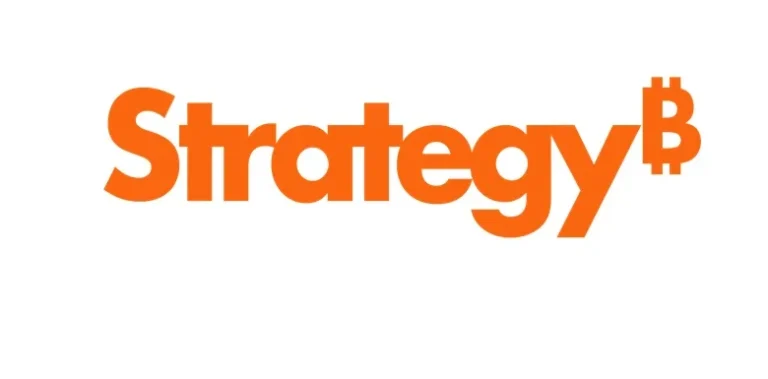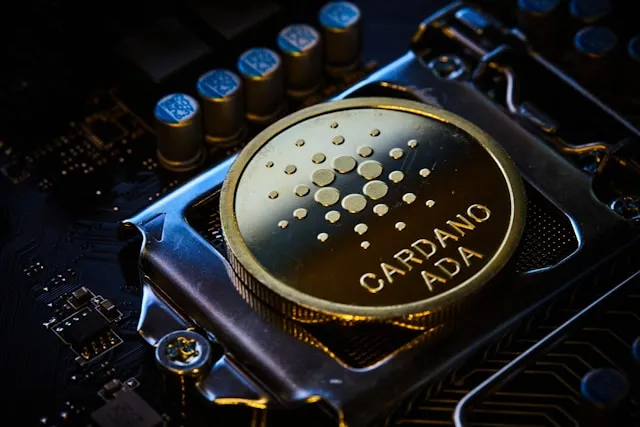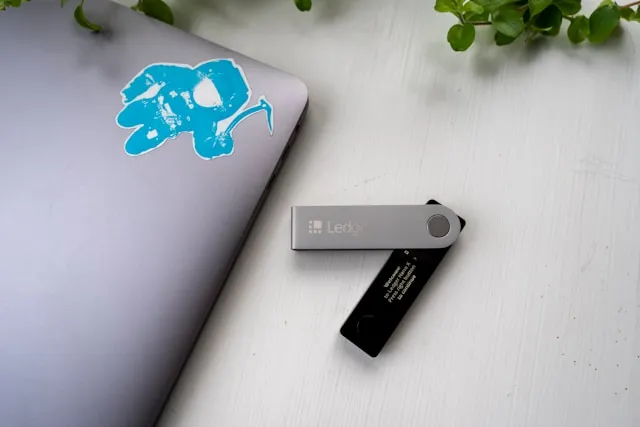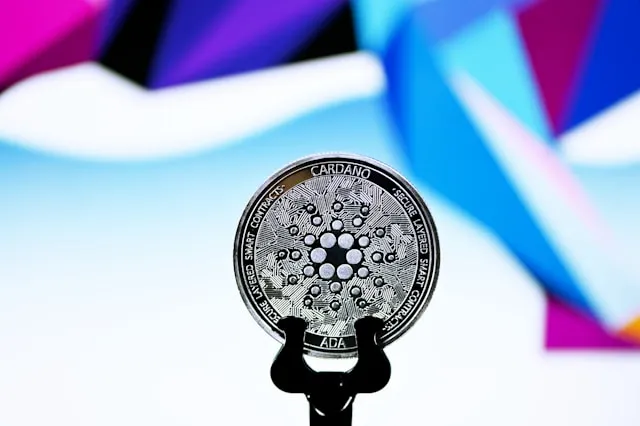How to Mine Ethereum in 2025 and Still Profit
How to Mine Ethereum:
Ever wondered where Ethereum comes from or how people actually “mine” it? You’re not alone. Ethereum mining might sound like something only tech experts do in their basements full of blinking computers. But here’s the good news: with the right guide, anyone can understand the basics of Ethereum mining — and maybe even try it out.
In this article, we’re breaking it all down in simple terms. Whether you’re just curious or thinking of diving into the world of crypto, we’ve got your back.
1. What Is Ethereum Mining?
Imagine Ethereum as a massive, decentralized computer. It processes transactions, stores smart contracts, and keeps the Ethereum network running smoothly. Mining is how all this happens in the background.
In simple terms, mining is when people use their computers to solve complex puzzles. When they solve a puzzle, they add a new block to Ethereum’s digital ledger — the blockchain — and get rewarded with some Ethereum in return. It’s like helping run the system, and getting paid for it.
2. Why Do People Mine Ethereum?
You might be asking, “Why bother?”
Well, there are a few solid reasons:
Earning rewards: The main motivation. Miners earn ETH.
Supporting the network: Mining keeps Ethereum decentralized and secure.
Learning opportunity: It’s a hands-on way to learn how blockchain works.
3. How Does Ethereum Mining Work?
Let’s break it down with a metaphor: think of Ethereum like a giant digital lottery. Each miner is buying tickets by running computations on their computer. The first miner to solve the puzzle — or win the lottery — gets to add the new block and collect the prize.
These puzzles involve a process called Proof of Work (PoW). The more computing power you have, the more tickets you can buy, and the better your chances.
4. What Do You Need to Mine Ethereum?
To mine Ethereum, you’ll need more than just enthusiasm. Here’s your starter pack:
A computer with a powerful GPU (graphics card)
Mining software
A digital wallet to receive ETH
Reliable internet connection
Plenty of electricity (it’s power-hungry!)
5. Hardware Options for Mining
Not all hardware is created equal. There are two main routes:
A. GPUs (Graphics Processing Units)
These are the most popular. NVIDIA and AMD cards are the top choices. Gamers use them for graphics, but miners love them for their power.
B. ASICs (Application-Specific Integrated Circuits)
ASICs are built just for mining. They’re fast but expensive, and not always the best choice for Ethereum because Ethereum was designed to resist them (to keep things fair).
6. Choosing the Right Mining Software
Software connects your hardware to the Ethereum network. Some popular options include:
Claymore
PhoenixMiner
Gminer
Ethminer
Look for software that’s easy to use, well-supported, and compatible with your system.
7. Solo Mining vs. Pool Mining
Solo Mining
You’re mining all on your own. If you hit the jackpot, you get the full reward. But it could take weeks or months.
Pool Mining
You join a group of miners, and everyone shares computing power. If someone in the group solves the puzzle, the reward is split based on contribution.
Most beginners go with pool mining because it’s more consistent.
8. Understanding Mining Rewards
When a miner successfully adds a block, they get:
A block reward (currently 2 ETH — but it can change)
Transaction fees from the included transactions
It’s a nice combo that adds up, especially if you’re mining efficiently.
9. How Much Can You Earn?
Earnings depend on:
Your hardware
Electricity costs
Network difficulty
ETH market price
On average, a high-end GPU can earn a few dollars per day — more if the ETH price spikes.
But remember: mining isn’t a guaranteed goldmine. It’s a business — and like all businesses, it comes with risks and costs.
10. Electricity and Profitability
Mining eats electricity like snacks at a movie night. If your electricity is cheap, you’re in a good position.
But if your electric bill is high, profits might disappear. Use mining calculators online to see if it’s worth it based on your setup.
11. Ethereum Mining and the Environment
We have to talk about the carbon footprint. Mining, especially on a large scale, uses a lot of energy — which can strain the environment.
That’s why Ethereum developers started working on something new…
12. Ethereum’s Shift to Proof of Stake
Ethereum upgraded to Ethereum 2.0, moving from Proof of Work to Proof of Stake (PoS).
With PoS, no more mining. Instead, you lock up ETH (called staking) to help validate transactions and earn rewards.
This system is greener, cheaper, and more scalable. But it changes everything for miners.
13. Is Ethereum Still Mineable in 2025?
Here’s the tricky part: Ethereum mining has ended as of the Merge in 2022.
So, if you’re reading this in 2025, you can no longer mine Ethereum on the mainnet. But don’t worry — there are still options.
14. How to Start Mining Ethereum Today
If you’re set on mining, you can:
Mine Ethereum Classic (ETC) – A sibling of ETH that still uses Proof of Work.
Explore other mineable coins – Like Ravencoin, Ergo, or Flux.
Sell your mining gear or repurpose it for gaming or AI processing.
Consider staking ETH instead of mining.
Ethereum mining may be over, but crypto opportunities are far from gone.
15. Final Thoughts
Mining Ethereum was a wild ride — from the early days of bedroom setups to global farms running 24/7. While the era of Ethereum mining is ending, the legacy continues in staking, new coins, and the evolution of blockchain technology.
And who knows? The next big thing might be just around the corner.
❓ FAQs About How to Mine Ethereum
1. Can I still mine Ethereum in 2025?
No, Ethereum switched to Proof of Stake in 2022. Mining is no longer part of the Ethereum mainnet.
2. What’s the best alternative to Ethereum mining?
Try Ethereum Classic (ETC) or other GPU-friendly coins like Ravencoin or Ergo.
3. Is staking Ethereum better than mining?
Yes, staking is now the official method to earn rewards on Ethereum. It’s more energy-efficient and accessible.
4. How much electricity does mining use?
A lot! Depending on your setup, mining can increase your electric bill by hundreds of dollars monthly.
5. Can I mine Ethereum on my laptop?
Not really. Laptops don’t have the cooling or power needed for mining and can easily overheat.
